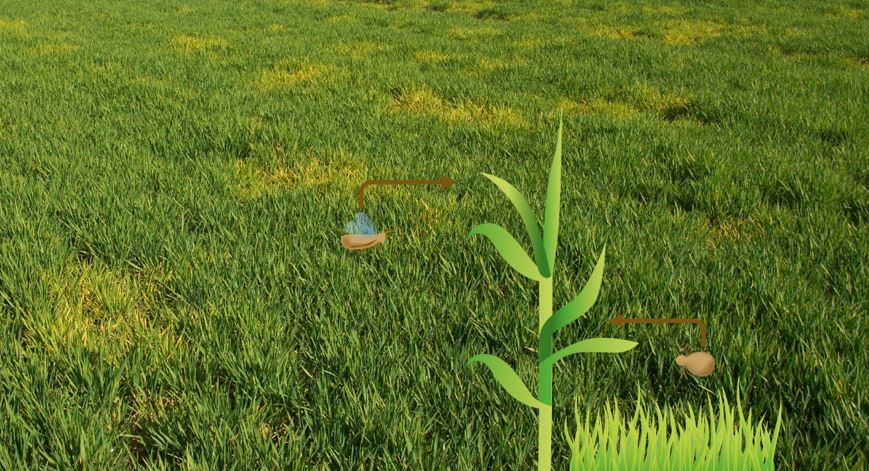How the autumn and winter changed BYDV risk in cereals (IPM blog)
Tuesday, 2 March 2021
Due to their prolific reproduction (during asexual reproduction, females are born ‘pregnant’), aphids can build up on crops rapidly. They are also notorious for developing resistance to commonly used insecticides and, consequently, can be a headache to manage. As we enter spring, Charlotte Rowley, who manages pest research at AHDB, reflects on the recent autumn/winter, including the effects on aphid pressures and the spread of Barley yellow dwarf virus (BYDV) in cereals.
How to recognise and manage aphids in cereals and oilseed rape
Aphid migration in the spring and summer
The timing of aphid migration in the spring and summer is an important factor to consider when designing integrated pest management (IPM) programmes. Every year, Rothamsted Research issues aphid-migration forecasts to guide crop-monitoring efforts. The species-specific forecasts are based on mean temperatures experienced over the winter months. They estimate how early or late aphid flights will take place, compared with an ‘average’ season.
After mild winters, reproduction and appearance of winged aphids occur more rapidly, leading to earlier migrations. Early migrations of cereal aphids can pose a risk to late-sown spring cereals, which are vulnerable to BYDV until growth stage 31. Increased aphid activity over mild winters can also lead to additional virus spread in winter crops up until this key growth stage.
The good news is that the low temperatures at the start of this year are likely to have given growers the upper hand. However, the best estimates will be available later this month (March), when the forecasts are released.
Monitoring BYDV in aphid populations
While aphid activity is important, we need to look at BYDV levels too. BYDV is transmitted in a persistent manner. This means an aphid remains infected for life. However, there is no evidence of transmission to offspring. Consequently, subsequent aphid generations need to pick up the virus from feeding on infected plants. As a result, the level of aphid/BYDV control in the previous autumn may impact on spring risk – as any infected autumn crops become a source of virus.
Tests on aphids, from samples caught in suction traps, can provide a general indication of autumn BYDV pressure. Last year, such monitoring showed an average of 28% and 31% infection, in bird cherry–oat and grain aphid, respectively. This compares with 17% and 5% in 2019. The total number of aphids tested was similar each year, with grain aphids relatively low – as this species is less likely to be caught in traps.
 AHDB/Dewar Crop Protection Ltd
AHDB/Dewar Crop Protection Ltd
.PNG)
.PNG)
Look out for BYDV symptoms in your crop
Signs of any BYDV infection in autumn crops will start to appear soon. Our Encyclopaedia of cereal diseases illustrates the main symptoms to look for.
Scientists from ADAS will also be busy collecting data from autumn-sown field trials in our current research project. They will continue to develop a prototype decision support system (DSS) for autumn aphid management. This system is being compared with the current AHDB BYDV tool and untreated controls. Unlike the BYDV tool, the DSS uses data from aphid and virus monitoring, potentially helping to refine spray programmes and reduce insecticide use.
Key actions to detect aphid risk
- Keep an eye out for BYDV symptoms in winter crops this spring
- Look out for the aphid forecasts and consider risk to spring crops
- Sign up to the Rothamsted Research Aphid Alerts
Further information
How to recognise and manage aphids in cereals and oilseed rape
BYDV management tool (use to target chemical control)
AHDB Encyclopaedia of cereal diseases
Topics:
Sectors:
Tags:

